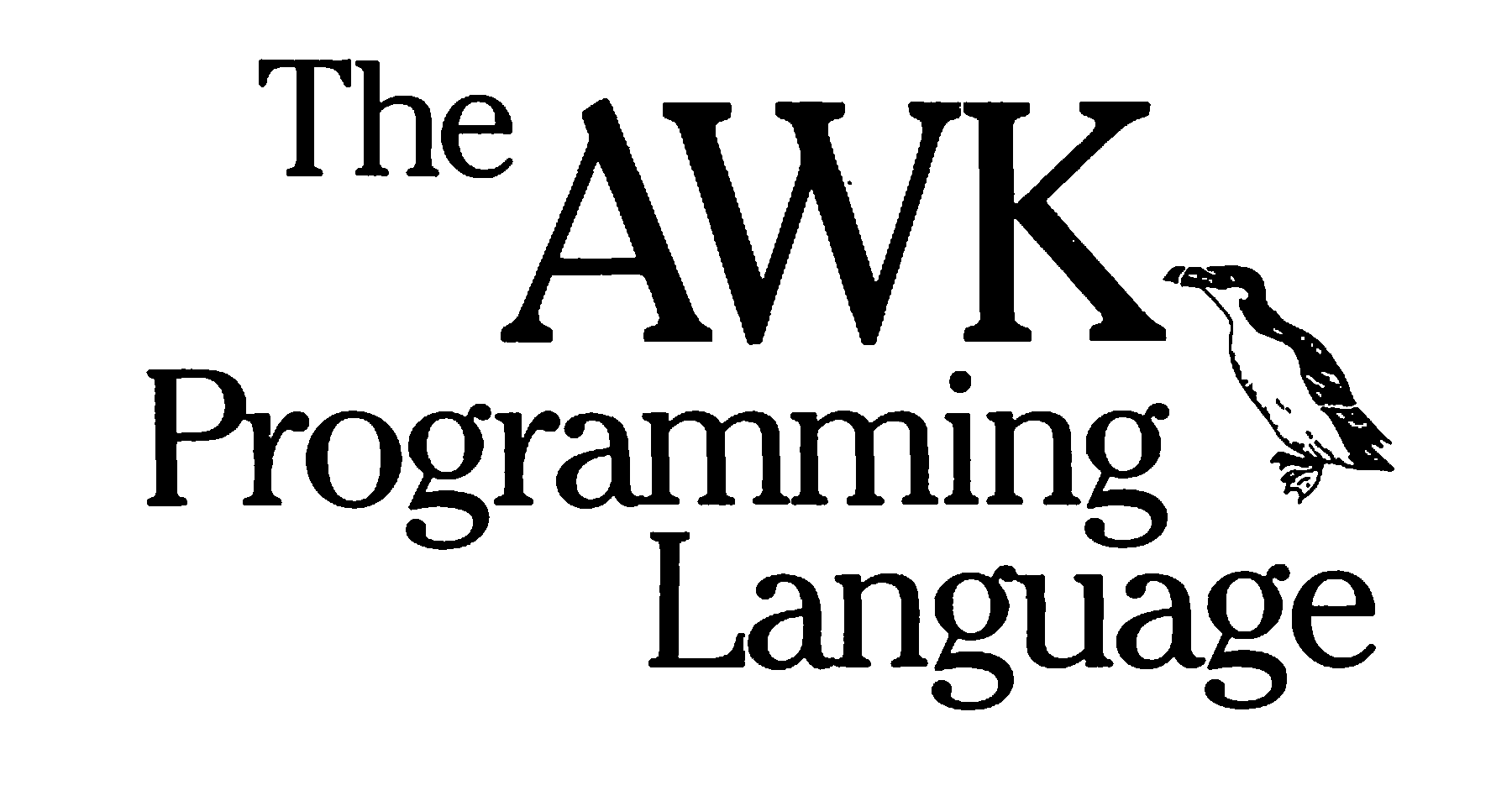
AWK, a powerful programming language, is widely used for text processing and data extraction. Its simplicity and versatility make it a popular choice among developers and system administrators. In this article, we'll delve into seven essential facts about AWK that every tech enthusiast should know. From its origins to its practical applications, we'll explore the key aspects that make AWK a valuable tool in the tech and sciences domain. Whether you're a seasoned programmer or just starting to explore the world of coding, understanding these facts about AWK will provide valuable insights into its capabilities and potential uses. So, let's embark on a journey to uncover the fascinating world of AWK and discover why it's a fundamental component in the toolkit of many tech professionals.
Key Takeaways:
- AWK, named after its creators, is a powerful language for manipulating text-based data. It uses pattern-directed processing and supports regular expressions, making it versatile and efficient for various data manipulation tasks.
- With built-in variables and support for user-defined functions, AWK offers a rich feature set and expressive syntax for text processing and data extraction. It continues to be a go-to tool for professionals in various domains.
AWK is Named After Its Creators
AWK derives its name from the initials of its creators: Alfred Aho, Peter Weinberger, and Brian Kernighan. These computer scientists developed AWK in the 1970s, aiming to create a language for processing text-based data. Their collaborative effort resulted in a tool that remains integral to data manipulation and analysis today.
AWK is a versatile and efficient language for manipulating text-based data. It excels in tasks such as searching for specific patterns, extracting and transforming data, and generating reports. With its concise syntax and powerful capabilities, AWK has become a staple in the toolkit of programmers, data analysts, and system administrators.
AWK Employs Pattern-Directed Processing
One of AWK's defining features is its pattern-directed processing. This means that AWK processes input data by matching patterns and executing actions based on these matches. This approach enables users to define specific conditions and corresponding operations, making it an ideal choice for tasks such as data extraction and report generation.
AWK Consists of Patterns and Actions
In AWK, a program is built upon a series of pattern-action statements. When AWK processes input data, it evaluates each record against the specified patterns and executes the associated actions for matching records. This pattern-action paradigm provides a flexible and intuitive framework for performing diverse data manipulation tasks.
AWK Supports Regular Expressions
Regular expressions are a fundamental aspect of AWK's pattern matching capabilities. By leveraging regular expressions, users can define complex patterns for matching and extracting data. This feature empowers users to perform intricate text processing operations with precision and efficiency.
AWK Facilitates Stream and File Processing
AWK seamlessly handles both stream and file processing, making it a versatile tool for working with various types of data sources. Whether processing data from standard input, files, or pipelines, AWK offers a consistent and adaptable approach to text manipulation and analysis.
AWK Offers Built-In Variables
AWK incorporates a range of built-in variables that provide convenient access to contextual information during data processing. These variables include the current record number, field separator, and file name, among others. By leveraging these built-in variables, users can streamline data processing and access essential metadata effortlessly.
AWK Supports User-Defined Functions
In addition to its built-in features, AWK allows users to define custom functions, expanding its capabilities to suit specific requirements. This extensibility empowers users to encapsulate complex operations within reusable functions, enhancing the modularity and maintainability of AWK programs.
With its rich feature set and expressive syntax, AWK continues to be a go-to tool for text processing, data extraction, and report generation. By mastering the intricacies of AWK, professionals across various domains can unlock the full potential of this versatile language in their data manipulation endeavors.
Conclusion
In conclusion, AWK is a powerful and versatile programming language that offers a wide range of capabilities for text processing, data extraction, and manipulation. Its simplicity and expressive syntax make it a popular choice for both beginners and experienced programmers. With its rich history and ongoing development, AWK continues to play a significant role in various fields, including software development, data analysis, and system administration. Embracing AWK can significantly enhance your productivity and efficiency in handling text-based tasks, making it a valuable addition to your programming toolkit.
FAQs
What is AWK used for?
AWK is primarily used for text processing, data extraction, and reporting. It excels in handling structured and unstructured data, making it a valuable tool for tasks such as log analysis, report generation, and data transformation.
Is AWK suitable for beginners?
Yes, AWK is known for its simplicity and expressive syntax, making it an excellent choice for beginners who want to delve into text processing and data manipulation. Its straightforward approach and powerful capabilities make it a rewarding language to learn for those new to programming.
Was this page helpful?
Our commitment to delivering trustworthy and engaging content is at the heart of what we do. Each fact on our site is contributed by real users like you, bringing a wealth of diverse insights and information. To ensure the highest standards of accuracy and reliability, our dedicated editors meticulously review each submission. This process guarantees that the facts we share are not only fascinating but also credible. Trust in our commitment to quality and authenticity as you explore and learn with us.


